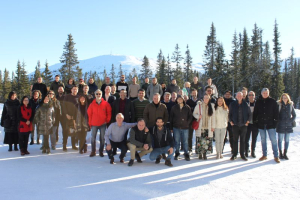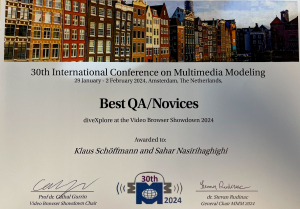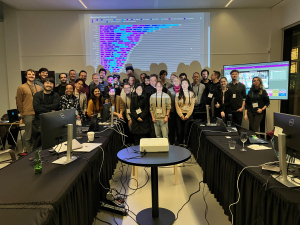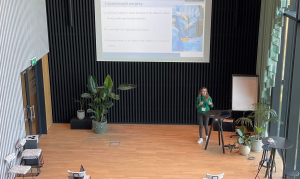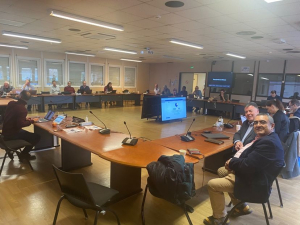Radu Prodan has been invited and will participate as a general chair at the ICONIC 2024, April 26-27, 2024, at Lovely Professional University, Punjab, India.
The Conference will provide a platform for scientists, researchers, academicians, industrialists, and students to assimilate the knowledge and get the opportunity to discuss and share insights through deep-dive research findings on the recent disruptions and developments in computing. All technical sessions will largely be steering Network Technologies, Artificial Intelligence and ethics, Advances in Computing, Futuristic Trends in Data Science, Security and Privacy, Data Mining and Information Retrieval.
Objectives
- To provide a platform to facilitate the exchange of knowledge, ideas, and innovations among scientists, researchers, academicians, industrialists, and students.
- To deliberate and disseminate the recent advancements and challenges in the computing sciences.
- To enable the delegates to establish research or business relations and find international linkage for future collaborations.




